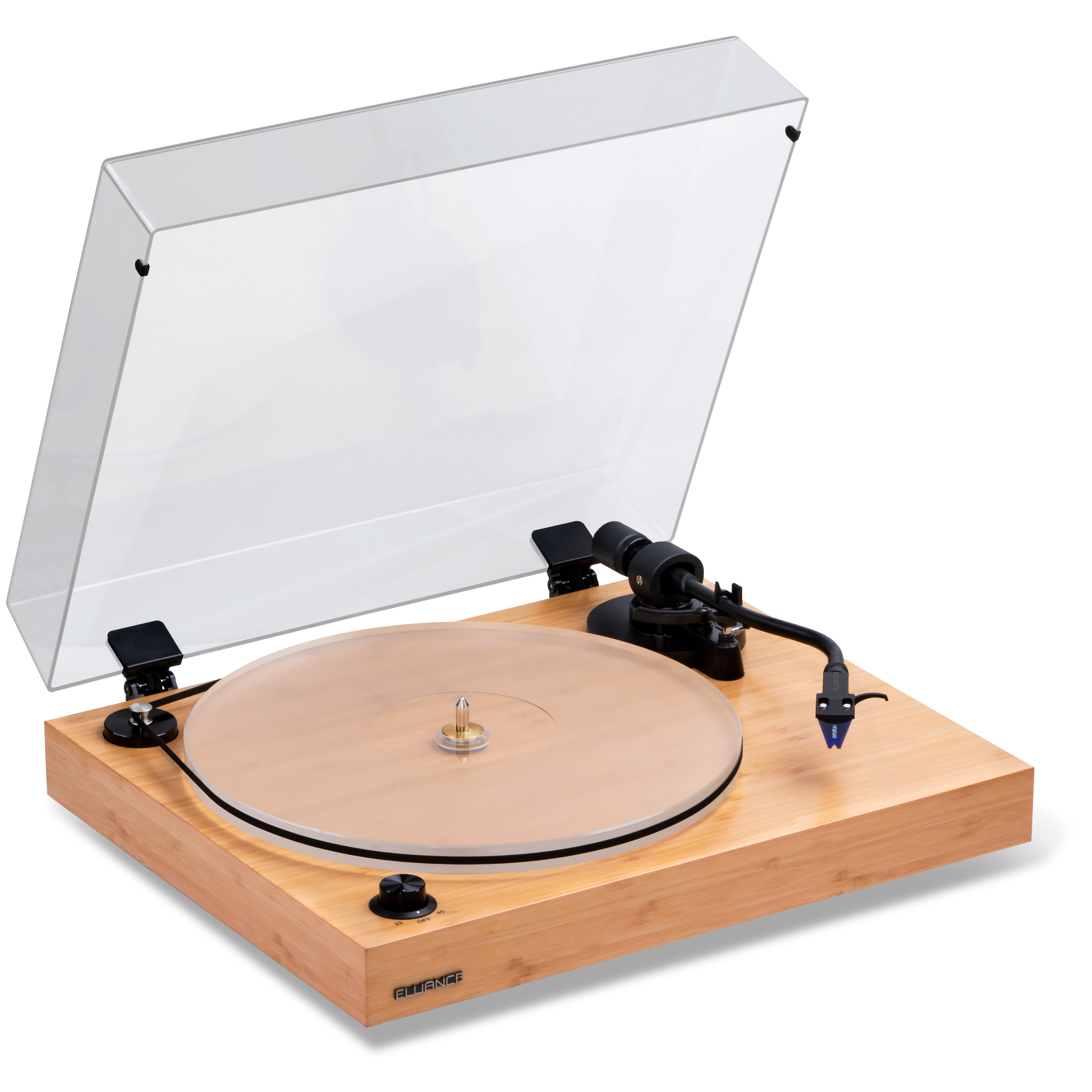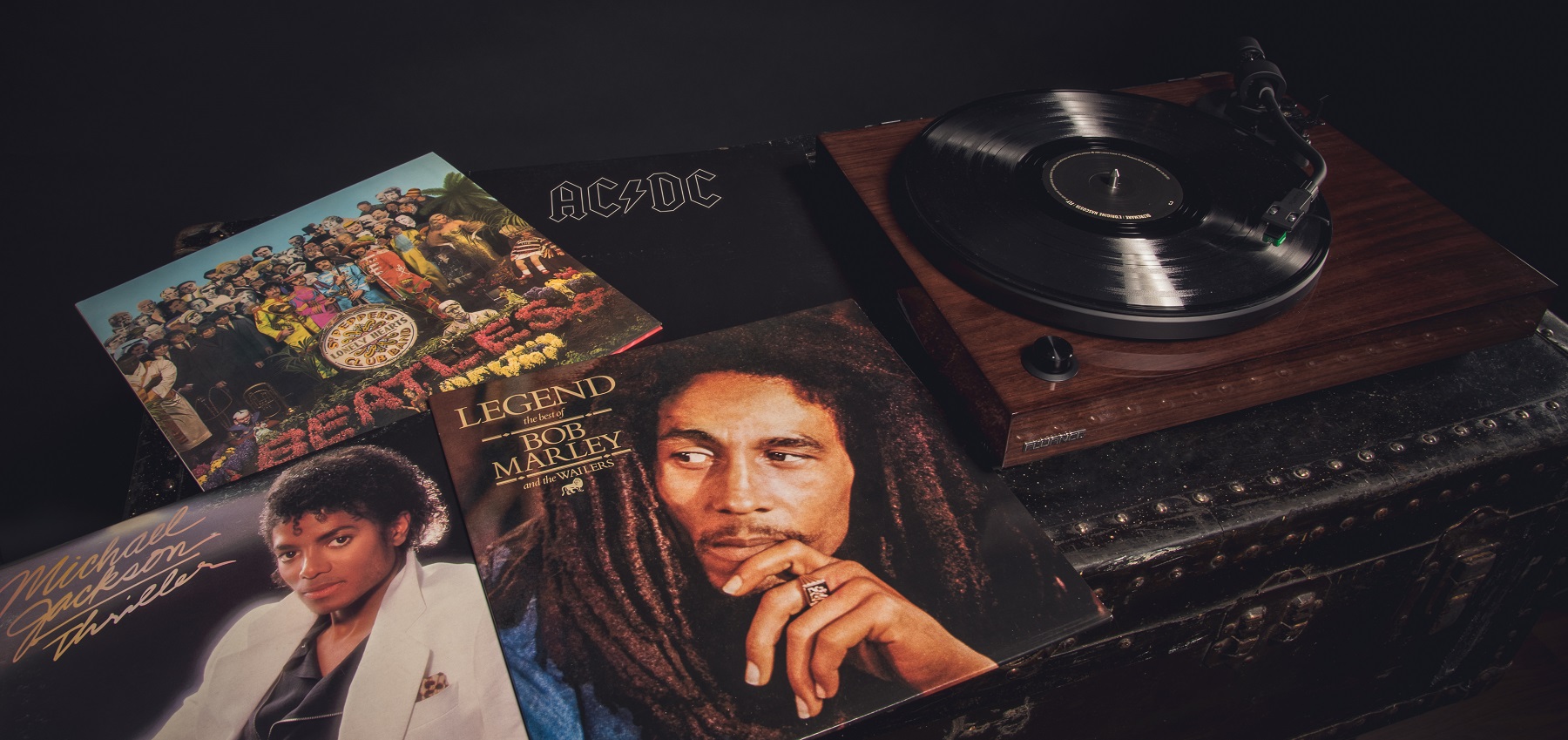So many of us have different introductions to vinyl. A lot of that is based on our generation, family, or social groups. Regardless of our introduction, it still holds a powerful place in our music journey. For some vinyl is a new hobby is to explore and learn about. For some it came and went. They never looked back. For others it never left.
This is James’ story.
I was introduced to rock and roll by listening to records – those black discs made of vinyl and played on a turntable with a needle to pick up the sound. The music of that era was new and technology was still developing. Higher quality needles were invented, and better-quality speakers along with those. There was also reel-to-reel tape, and cassettes, but they were still an exotic feature to me.
What captured my imagination was listening to albums while reading all the writing on the backs of the cardboard covers. We also looked for hidden messages and found them whether they were real or not. I especially loved it when the artists would have some writings along with the album, and if they had the lyrics printed somewhere, either on the outside or the inner sleeve that was even better.
It was a primitive way of listening to music perhaps, but there was also an innocence. You could lift up the needle and put it back to the beginning of a song play it as many times as you liked. There was also something special about albums, the message of the entire group of songs. I never cared much for 45s. They were too much hassle, too easy to break, and just one song with a B-side didn’t really speak to me.
The sounds of electric guitars, pianos and drums filled my imagination. The music gave the words additional meaning, and a love for rock and roll was born that would not die. If you play albums a lot though, especially if you are not overly careful and do not have a first-class setup, the quality of the sound deteriorates. A buzzing and cracking develops, and that’s not to mention skipping. Sometimes a speck of dirt would catch the needle and it would repeat a sound endlessly. That was aggravating but still just part of the experience.
Some bands sounded even better with a little fuzziness or crackling. The Rolling Stones in particular did. Some distortion just seemed to fit them. That was true with Bob Dylan as well. I can’t really appreciate “The Times They Are A Changing,” without a little fuzz. That was unlike the Beatles however, who seemed more attuned to higher quality sound. They were doing some unique things with sound, so clarity mattered.
I got so accustomed to the crackling that I often thought it was part of their sound. I gravitated to Southern Rock from there – the Allman Brothers, Lynyrd Skynyrd and the like – and they certainly were never hurt by a little distortion. I was more interested in the feeling of the music and the lyrics, and a little fuzziness just accentuated the experience.
Eventually there were cassettes and CDs. I somehow managed to miss the 8-track phase. CDs seemed like a dream come true though, as I had often wanted to have a record player inside my car, and with CD’s that was pretty much possible.
Even later came digital sound, and many of the old classics have been remixed in digital. You can listen to the Stones, Beatles, or anyone else in clear digital sound now, without the fuzz, crackling or even the occasional skip. I will admit the sound quality is better. Some of my favorite guitarists of the 70s – George Harrison, Eric Clapton, Duane Allman, to name just a few – are even better guitarists than I thought when I first heard them on vinyl. You can almost hear their fingers slide down the frets looking for that lick that no one else can hit. I’ll admit it, it does sound as good as, or even better than it would if you were actually there listening to them.
Sure I have some nice digital recordings, and my share of high-quality CDs, but I have never left my love for vinyl. There is still something special about watching a big album turn at 33-and-a-third RPM, and the needle touch the record. The sound is unique, and even the distortions are part of the appeal.
It has not always been easy though. Once the needle broke, or wore out, the turntable is pretty well useless. It was very hard to find replacement needles. For years I would scour yard sales and junk stores for discarded turntables that had a workable needle, as well as any old records that were being disposed of. I usually had three or four turntables laying around for when the needle would give out and I would need a new one.
Because of that I am really happy to see a return to vinyl. There are turntables being made again, and with it, needles you can get to replace old ones. No longer do you have to try to find discarded turntables just to find a means of listening to your old records. There are also new records being made of the old classics, and the sound is terrific. Even so I guess I am just a purist. New albums of the old classic rock and roll bands are also available, and they are clear as a bell.
I will relish the new turntables. This means you may be able to buy replacement needles, and that will make things a lot easier. The sound quality is better overall as well. Some call it a resurgence, but I’ve never left the vinyl. Even so I still like the old albums. I still hit the yard sales and junk – read antique – stores to find albums that have some age on them. The resurgence of vinyl is great, but for purists there is still a need for that crackling, popping distorted sound of an album that has been played a few hundred times. There is something special about the sound of vinyl, and all the trappings of an album, that makes the musical experience more meaningful. I think that is why vinyl will never totally fade away from the music scene.

RT85 Reference High Fidelity Vinyl Turntable
Featuring a High Density Acrylic Platter and Ortofon 2M Blue Stylus, the RT85 Reference turntable delivers a warm, uncompressed listening experience that commands your attention, allowing you to get lost in the music.
Learn More